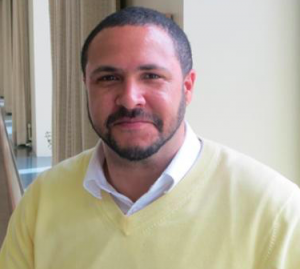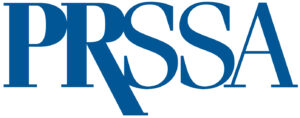Diversity and Inclusion Training for Public Relations Pros [PRSSA 2019 National Assembly recap]

Session: D&I Training for PRos
Presenter: Ben Duncan, Oregon Public Health Institute
The phrase “diversity and inclusion” has been thrown around a lot in the public relations industry, especially in recent years. In a time when it is easy to be divided, working professionals have had to ask the hard questions about the culture and diversity of the workplace. But while the conversation has definitely started, we find ourselves in need of tangible, structural change within our organizations. Luckily, PRSSA members had some help from Ben Duncan, chief diversity and equity officer at Oregon Public Health Institute.
Duncan helped us dive deep into the roots of diversity, equity and inclusion. Humans have unconscious, implicit biases that can affect their decisions; and these biases do not necessarily reflect our declared beliefs. Organizations often favor the dominant group, and this happens for several reasons. Consider the diversity in media coverage. The news and media that we are exposed to have a significant impact on our implicit biases. If our exposure to media is not diverse or inclusive, it can be difficult to be sure whether our actions are creating a genuine environment where all feel welcome.
Since we know that these implicit biases exist, it seems like it should be easy to fix. But how can we overcome a barrier that we can’t even see?
Even Duncan said he had to confront some implicit biases that he wasn’t aware of. A female colleague approached him and said that although he shows great sensitivity to racial diversity, he could improve his writing to be more inclusive to women. He was thrilled that his colleague was able to come to him with her concern, and made a conscious decision to work on his personal gender equality efforts to go beyond race.
Duncan suggests a great place to start is examining three elements: safety, trust and belonging. By looking at your organization’s approaches to these three elements, you can help to narrow down where there is room for improvement.
Duncan also gave us some important questions to consider when examining our organizations and our efforts to create a diverse and inclusive workplace:
- Where are your challenges when it comes to diversity and inclusion?
- Where do you see weaknesses, and where do you see strengths in your organization’s diversity, equity and inclusion?
- Who is impacted positively and negatively in terms of your D&I efforts?
- Where are your personal strengths and weaknesses within D&I? Who could help you improve?
There isn’t a no-fail approach to ensuring D&I within your organization and improvement may not come immediately. Work with your Chapters and organizations to ensure that everyone feels valued and welcomed, and if you feel like you may be falling short, Duncan taught us to start to look for the foundation of the problem and begin to build higher.
–
Emily Chavez is a third-year public relations student at the University of South Carolina. She currently works as a media assistant for Sabra Music, writes for The Daily Gamecock student newspaper, and serves as the social media coordinator for USC’s PRSSA chapter. Emily will graduate in December of 2019. Follow her on Twitter or connect with her on LinkedIn.

